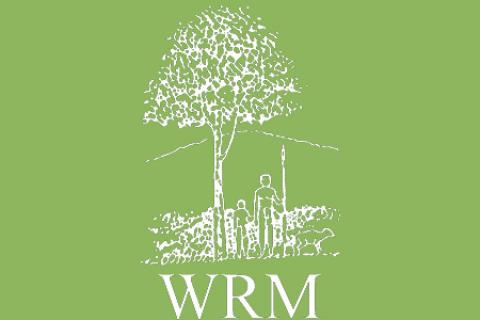After the tragic floods in Mozambique, the time is ripe for people to start asking questions on what went wrong. What turned those floods into an epic disaster? What can be done to reduce the likelihood of it happening again?
Bulletin articles
South Africa boosts an area of 1.5 million hectares of tree plantations, mostly composed of eucalyptus and pine trees, as well as a lesser area of Australian wattle. These plantations have resulted in an important number of social and environmental impacts, most of which were highlighted during a symposium held last June 10 in Pietermaritzburg, organized by the local NGO coalition Timberwatch.
Decentralization policies regarding forest management is being considered in the last decade an alternative to the centralized model in use in most countries, which has proved to be unable to assure forest sustainability. Many countries have given municipal and provincial governments additional forest-related responsibilities, in the hope that authorities closer to the ground will understand their local conditions better, have greater capacity to monitor what goes on, and make decisions that reflect local needs.
The Lao People's Democratic Republic -the only landlocked country in Southeastern Asia- occupies an area of 236,800 square kilometres with a still large coverage of forests. These forests hold high levels of biodiversity, and provide the livelihoods for much of the 80% of the population that lives in the countryside.
The concept of nature without -and in most cases excluding- people, which fed natural areas conservation theory in the past decades, is still being applied in as different countries as India (see WRM Bulletin 20) and Brazil (see WRM Bulletin 28). Even though the principles of sustainable forest management internationally adopted recognize the importance of the full participation of local communities in all levels of forest management, in several cases local dwellers are seen as a threat for nature conservation.
Dam megaprojects have been and are being strongly resisted in Thailand due to their adverse effects on local villagers' livelihoods and lands. One paradigmatic example is that of the Pak Mun Dam, which has negatively affected 3,080 families in the area, by causing a drastic reduction in the number of fish in the Mun River, fresh drinking water shortage, an increase in the incidence of intestinal fluke, and a potential spread of schistosomiasis from snail vectors inhabiting the reservoir (see WRM Bulletin 22).
On February 21st, Vietnamese Prime Minister Phan Van Khai approved the construction of a project to transform the historic Ho Chi Minh Trail into a 1,690 kilometres long National Highway, running from the capital Hanoi to the southern Ho Chi Minh City, former Saigon. According to the authorities, the new route would ease growing congestion on Highway 1, located along the coast, and consolidate national defence along Vietnam's western border with Laos and Cambodia. Cuban engineers belonging to the Cuban-Vietnamese joint venture construction firm VIC will participate in the project.
Local indigenous and peasant communities are usually accused of forest degradation and are either evicted from their lands, or repressed, or both. At the same time, logging companies which benefit from deforestation, receive support from those same governments that accuse local peoples of destroying the environment. The following two cases from Mexico constitute but a drop in a sea of many such cases occuring throughout the world.
Bolivia hosts 440,000 sq.km of rainforests, which represent 57% of the lowlands total surface in the country. Deforestation rate reaches 168,000 hectares/year, being the promotion of export crops and logging concessions wantonly granted the main causes of this problem. Environmental NGOs have frequently expressed their concern over the situation of the forestry sector in Bolivia, characterized by the disrespect to indigenous traditional territories and the inefficiency of the government to adequately address the problem (see WRM Bulletin 22).
Bolivia hosts 440,000 sq.km of rainforests, which represent 57% of the lowlands total surface in the country. Deforestation rate reaches 168,000 hectares/year, being the promotion of export crops and logging concessions wantonly granted the main causes of this problem. Environmental NGOs have frequently expressed their concern over the situation of the forestry sector in Bolivia, characterized by the disrespect to indigenous traditional territories and the inefficiency of the government to adequately address the problem (see WRM Bulletin 22).
The National Agricultural Council (NAC) -representing the interests of big landowners in Brazil- had been trying by all means to oppose any legal initiative to protect the country's forests, which they would systematically consider a limitation to their power on people and land. In fact, about 50% of the land in Brazil is in the hands of just 1% of the population.
Aerial spraying to control and eradicate illegal crops in Colombia are creating severe problems to rural communities and forests, similar to those provoked by the crops themselves and by the chemicals used in drug production.
Coca and poppy crops in Colombia have increased in forests despite the eradication policy that began to be applied against marihuana cultivation in 1978. In 1980 an operation to combat marihuana crops at Guajira and the aerial spraying with glyphosate resulted in the worst ecological and sanitary disaster ever experienced in the region.
